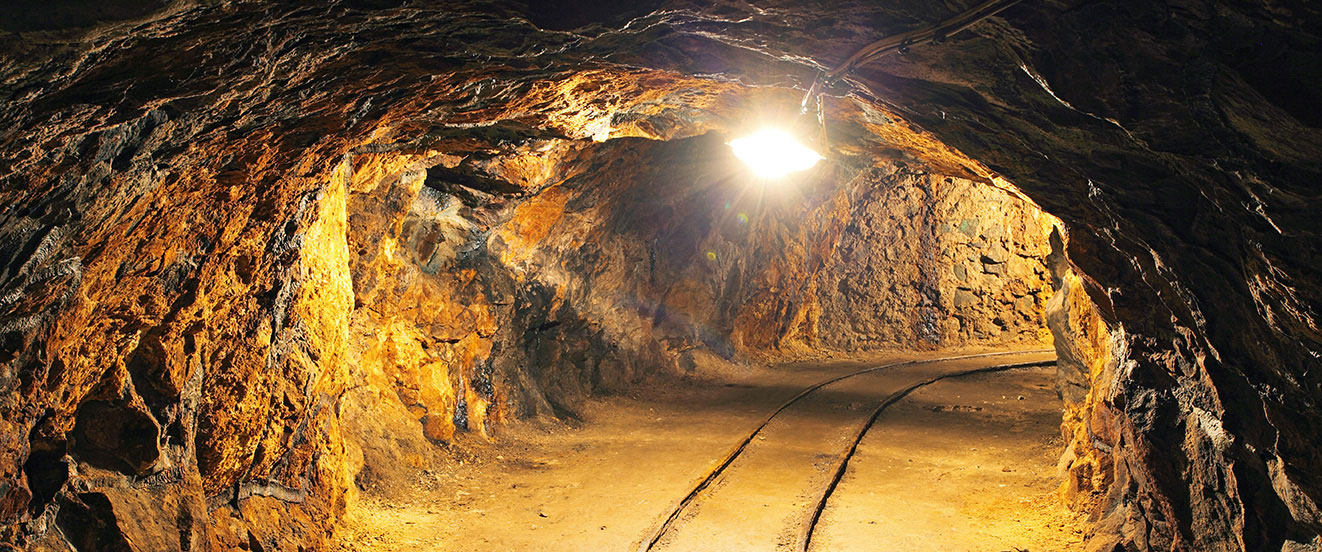The coal mining industry has long been a pillar of energy supply, but with it comes a large amount of waste gas emissions, especially the lack of wind in coal mines. However, modern technology and innovative applications are opening up a new path to convert coal mine exhaust into renewable energy, bringing enormous potential to various fields.
Coal mine ventilation refers to the large amount of abandoned air generated during mining and ventilation processes. These anemic winds typically exhibit the following characteristics:
Low temperature and low humidity: The temperature of exhaust air is usually low, and the humidity is relatively high, making it difficult to use for heating or other energy purposes.
High concentration of harmful gases: Waste air often contains harmful gases such as carbon dioxide (CO2), nitrogen (N2), and methane (CH4), posing potential risks to the environment and health.
Abandoned resources: In traditional situations, depleted wind is considered as an abandoned resource, directly discharged into the atmosphere, wasting its potential value.
The exhaust air heat pump technology is an innovative method of converting the low-temperature heat in the exhaust air into useful energy. Its working principle includes:
Heat absorption process: The heat in the exhaust air is absorbed, thereby increasing the temperature of the refrigerant.
Compression process: The refrigerant is compressed, causing its temperature to further increase.
Release of heat energy: High temperature and high pressure refrigerants release heat for heating, hot water, or other energy needs.
The application fields of exhaust heat pump technology include:

Mine heating: The exhaust air heat pump is used to provide heating and hot water for mining workers, improving working conditions.
Urban heating: Some cities have begun to adopt exhaust air heat pump technology, using underground mine exhaust air for urban heating systems.
Another method of utilizing depleted wind resources is to convert them into electricity. This usually involves using methane gas from spent air to generate electricity, which can be achieved through internal combustion engines or fuel cell technology. This method not only reduces methane emissions, but also generates sustainable electricity.
Application field of exhaust air heat pump technology
Mining industry: Coal mines are one of the places with abundant depleted air resources, so the widespread application of depleted air resources technology in the mining industry has enormous potential. It can improve the working conditions of miners, reduce mine emissions, and improve energy efficiency.
Urban heating: Many cities have begun to use exhaust air resources for heating systems, thereby reducing dependence on traditional energy, reducing carbon emissions, and achieving environmentally friendly heating.
Power industry: The technology of reactive wind power generation provides a renewable energy option for the power industry, helping to reduce greenhouse gas emissions and promote the development of clean energy.
Environmental and economic benefits: Fully utilizing coal mine exhaust resources not only helps to reduce greenhouse gas emissions and reduce environmental pressure, but also brings economic benefits. By recycling energy from waste resources, enterprises can reduce energy costs and improve energy utilization efficiency.
The technology and application fields of utilizing coal mine exhaust air resources have important environmental and economic value. It helps to reduce waste gas emissions, promote the development of renewable energy, improve working conditions, reduce energy costs, and bring sustainable development opportunities to various fields. With the continuous progress and innovative application of technology, we can look forward to the wider utilization of depleted wind resources and promote the future of clean energy. This also reflects that technological innovation is the key to solving challenges in environmental protection and sustainable development.







Comment